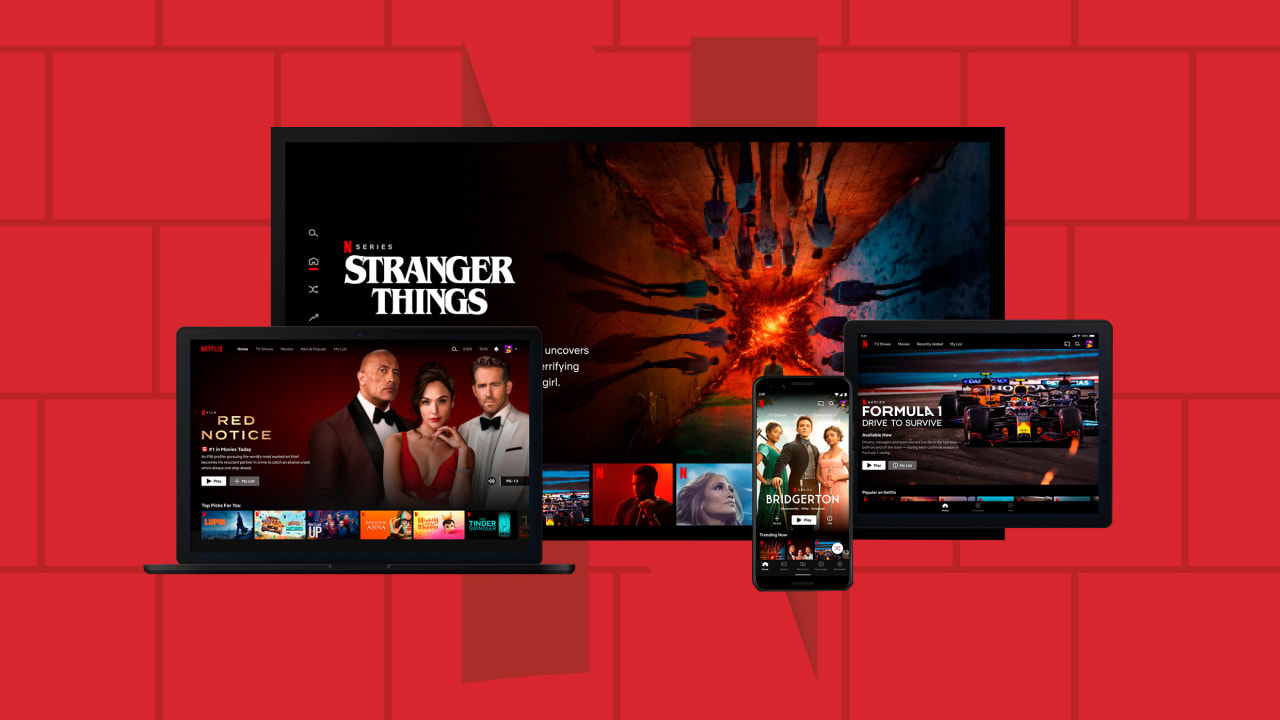
Here’s what it costs to watch ad-free Netflix around the world
Fast CompanyA vacation done right typically involves very few waking hours spent inside a hotel room. What’s the point of getting out of the country, after all, if you’re barely getting out of bed? However, with enough sights seen, meals devoured, and miles walked, a weary traveler might want to indulge in one of the underrated pleasures of a modern vacation: watching Netflix in a new country.
Perusing the streamer’s menu in a foreign land is like seeing an old friend with striking new facial hair: so familiar, yet utterly transformed. All of the standard, nightly scrolled tiles—the ones already watched and the ones never-to-see—are now joined by a jolting array of fresh options. Unlike Hulu, which doesn’t exist outside the U.S., and Max, which has only recently started to expand beyond it, Netflix is available in 190 countries, with different options for each one. But what’s even more interesting than the bonus offerings in any given vacation destination: the broader variances in Netflix options around the world—both in content and in cost.
Let’s start with the latter. Between the dreaded price hikes and last year’s profitable rollout of an ad-supported tier, it’s hard to keep track of how much the various versions of Netflix cost at any moment. Up until recently, the company’s subscription tiers were: Basic, Standard, and Premium, with the main differences being the level of hi-def quality on offer and the number of supported devices on which to stream content simultaneously. Now that an ad-supported option is widely available and Netflix recently phased out the Basic tier in several countries, the new baseline for a no-frills subscription is “the cheapest one without ads.”
Toggle through the plans and pricing section on the streamer’s website, and you’ll find current info for Netflix anywhere. Although currency conversion rates do not factor into the relative cost-of-living and purchasing power of individuals in each country, here are some of the most affordable and most expensive ad-free plans around the world (in U.S. dollars):
Least expensive
- Egypt: $1.46 per month
- Pakistan: $1.62 per month
- Kenya: $2.24 per month
- Nigeria: $2.29 per month
- India: $2.39 per month
- Morocco: $3.45 per month
- Turkey: $3.69 per month
- Venezuela: $3.99 per month
- Vietnam: $4.24 per month
- Philippines: $4.34 per month
Most expensive
- U.S.: $15.49 per month
- New Zealand: $14.99 per month
- Germany: $14.98 per month
- France: $14.44 per month
- Switzerland: $14.15 per month
- Italy: $13.90 per month
- Mexico: $12.91 per month
- Canada: $12.07 per month
- Antarctica: $11.99 per month
- United Kingdom: $11.76 per month
While a recent similar assessment placed Switzerland in the most expensive slot, at $21.48 per month, that rate only applies to a standard account, which offers unlimited ad-free viewing on up to two devices at a time. A Basic account in Switzerland, though—which also offers unlimited ad-free viewing, but for only one device at a time—currently goes for $14.10. Thus, the most expensive monthly price tag on the simplest ad-free plan in the world is $15.49, which is what it costs in the U.S. (along with several other countries including Palau, Guam, and Micronesia).
On the more affordable side of things, more than 50 countries, including Venezuela, can get Netflix at the $3.99 monthly price tag. If the world’s lowest-cost plan—Egypt’s $1.46 per month—sounds like a relative pittance, an even cheaper option is actually available. In several countries, Netflix offers an (ad-free) mobile-only plan, and for residents of Pakistan, that option is just 90 cents per month. I’ve compiled an interactive map of ad-free pricing for about 150 of the more than 190 countries Netflix serves below (not including mobile-only prices).
Since taste is subjective, it’s impossible to calculate, with any certainty, which region has the best Netflix content. (Especially considering that the size of each region’s library is in constant flux.) Comparing what is on offer in all the countries on the above lists, though, reveals some fascinating insights about how the service varies around the world. For starters, while it might seem to American viewers that it takes a global phenomenon like South Korea’s Squid Game to constitute an international smash, that is not the case. Many films and shows become international sensations on Netflix without garnering much or any acclaim in the U.S.
At this very moment, the German show Crooks is a huge hit in Venezuela, Pakistan, and Kenya; the film Love, Divided, from Spain, is currently number one in Turkey, Israel, Egypt, and several other countries; while the show with the most overall hours-viewed worldwide last week (75 million) is the South Korean limited series, Queen of Tears. Netflix subscribers in the U.S. have access to all these projects; they just tend not to hear about them. (Indeed, the only foreign-made films or shows in Netflix’s top 10 for the U.S. right now are Bad Dinosaurs and Our Living World, both of which were produced in the U.K.) Some Americans might only find out about these worldwide hits when the trailers auto-play during some vacation-viewing on Netflix.
Make no mistake: U.S.-created content does indeed account for much of the Netflix libraries in most countries. You would not believe how globally popular Woody Woodpecker Goes to Camp is at this moment—a top-10 film in 82 countries last week—and some countries offer more region-specific content than others. In India and Pakistan, for instance, the top 10 lists are bursting with films produced in India, and topped by the blockbuster musical biopic, Amar Singh Chamkila. Similarly, in Japan, a whopping 7 of the top 10 films right now are entries in the Detective Conan anime series, much of which is not available in the U.S. Anime is also a dominating force in places like Vietnam and the Philippines, where the top 10 lists are flush with wild titles such as That Time I Got Reincarnated as a Slime, and (buckle up for this one) I Was Reincarnated as the 7th Prince so I Can Take My Time Perfecting My Magical Ability. Not so surprisingly, neither of these is available in the U.S.
Some newer Hollywood hits even reach Netflix in different parts of the world before the U.S. The Sydney Sweeney rom-com Anyone But You was already charting in Pakistan and India one week before it debuted on the streamer in the U.S. on April 23, while this year’s Best Picture winner Oppenheimer is currently available in countries including South Korea, but not domestically. (In the U.S., it’s only streaming on NBCUniversal’s Peacock.)
Similarly, some time-tested favorites can only be found on Netflix abroad. The Office and Friends, for instance—which each delivered explosive viewing numbers when they were featured on Netflix in the U.S.—are now exclusive to Peacock and Max, respectively. However, they’re currently both still available on Netflix outside the U.S. And while Hulu’s partnership with FX currently precludes such series as It’s Always Sunny in Philadelphia and Atlanta from streaming on Netflix in the U.S., you can find both on the service in the U.K. and other regions.
Plenty of other differences abound on Netflix from region to region: Spain currently boasts 9 out of 10 Fast and Furious movies, the U.S. has none. But the most striking detail to emerge from a close survey of the company’s global offerings is the popularity of its own original content. In just about any country one might find themselves visiting, a significant chunk of the subscriber base is currently bingeing homegrown hits including 3 Body Problem, The Gentleman, and Baby Reindeer. Hard to believe it all started with a business model based on mailing DVDs.












